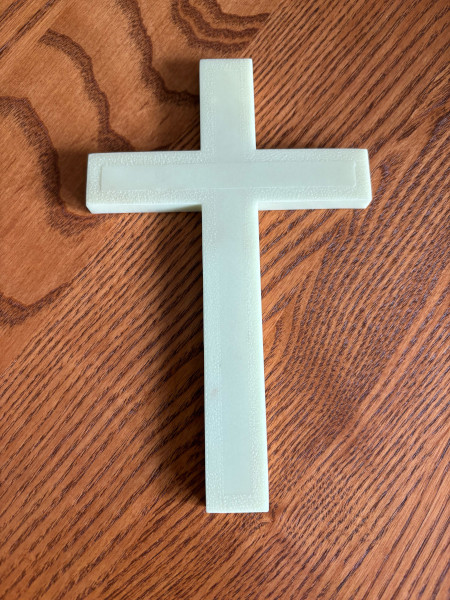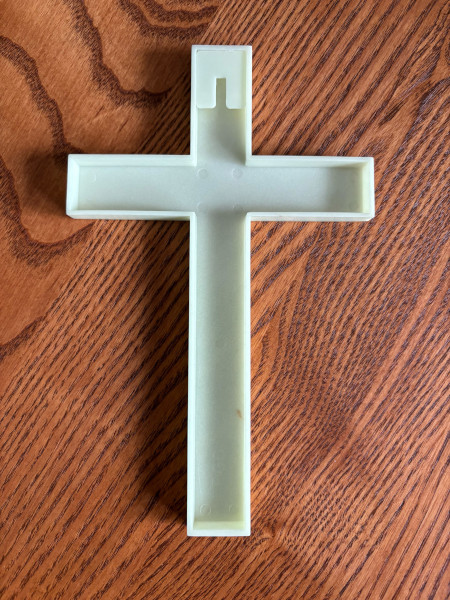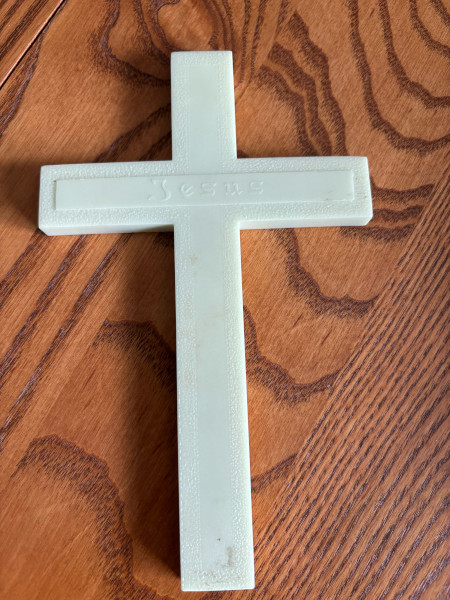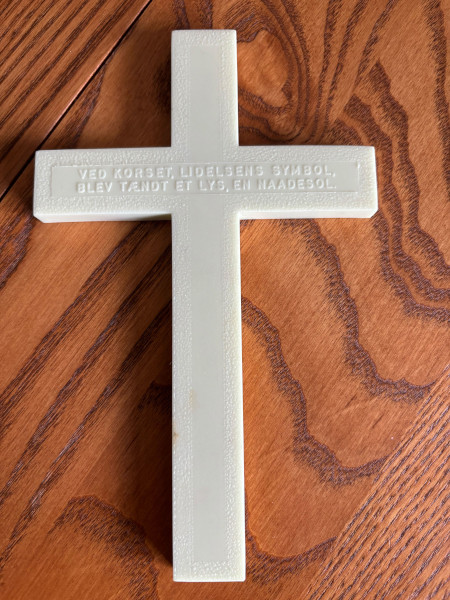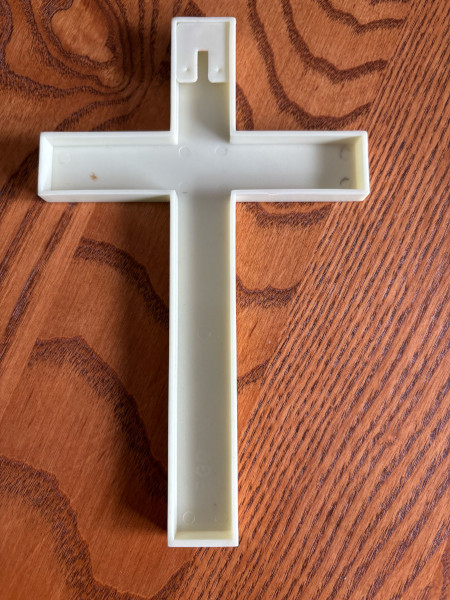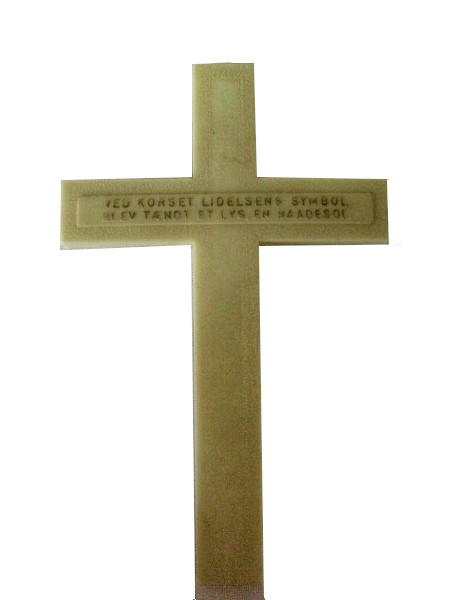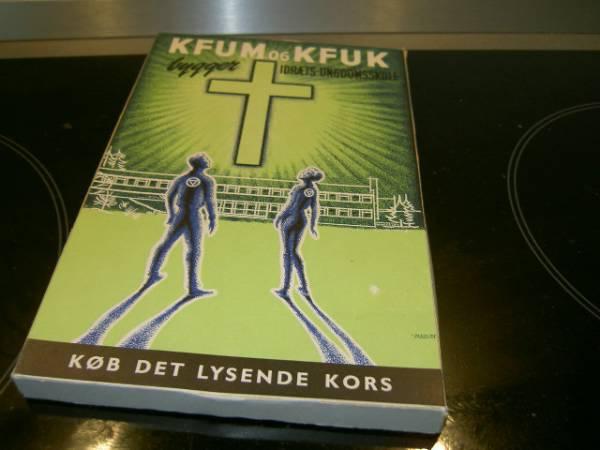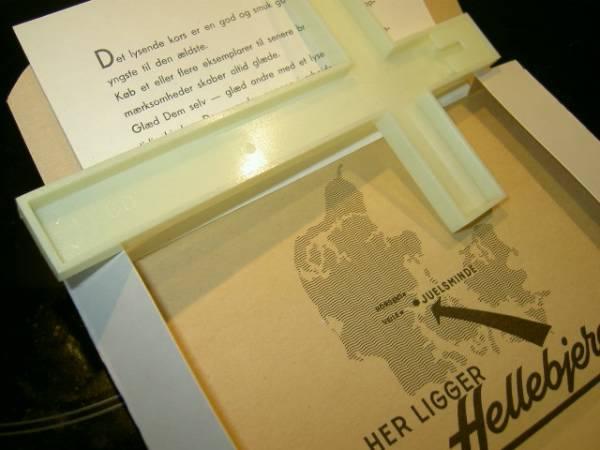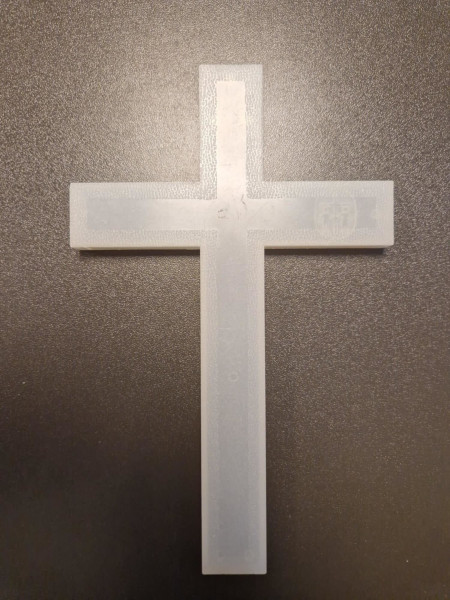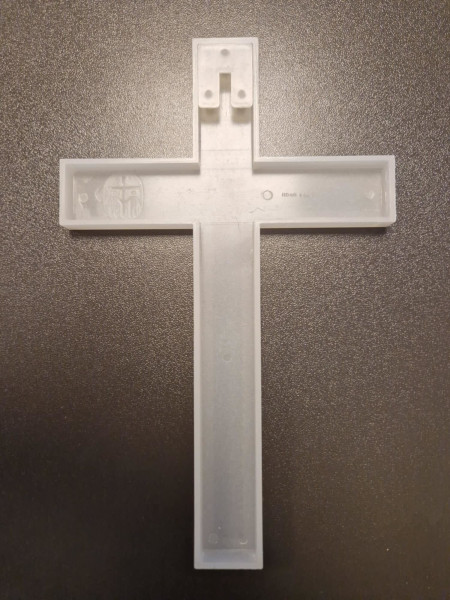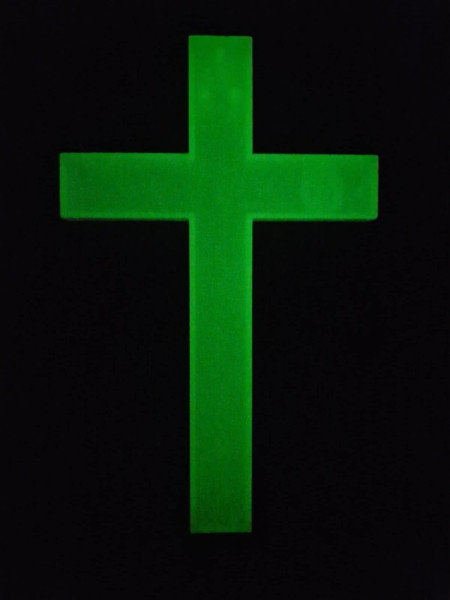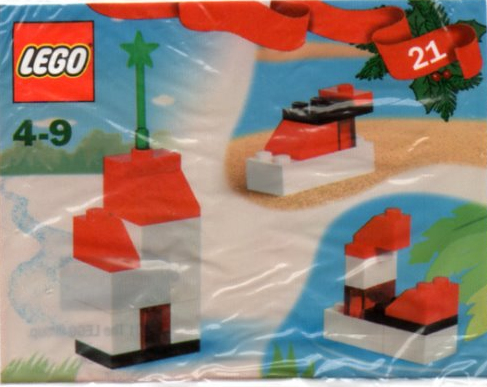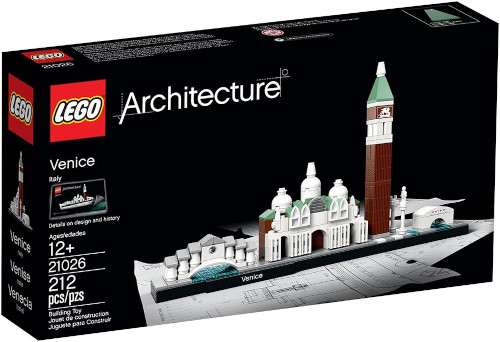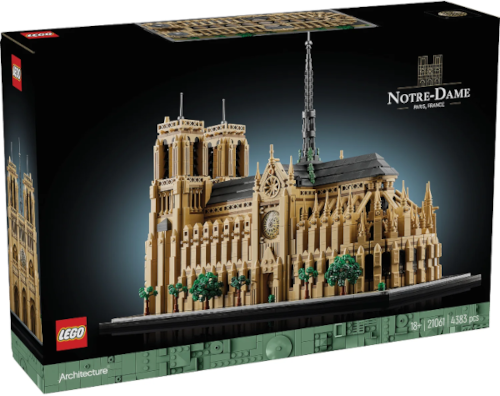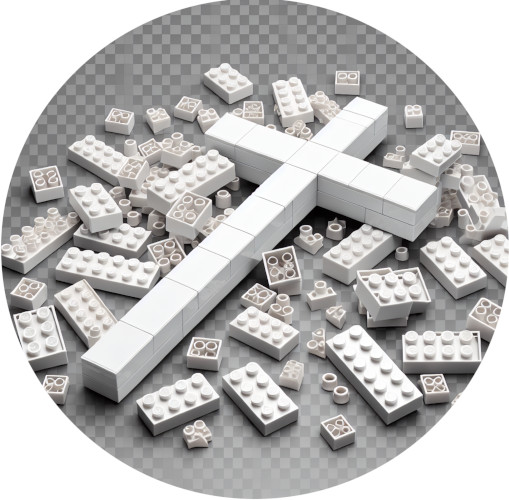
A Legacy of Faith: The Story of the LEGO Cross
The first time I discovered the existence of the LEGO cross was in the fall of 2002, when I stumbled upon it on an online auction site. Intrigued by this unique item, I decided to purchase it and subsequently asked the Danish seller about its history.
According to the seller, Denmark is predominantly Protestant, but within Protestantism, there is a group called “Indre Mission,” which is more devout than regular Protestants. Members of Indre Mission abstain from card games, beer, spirits (though wine is allowed), and dancing.
Interestingly, the Kirk family, who founded LEGO, were once members of Indre Mission (Inner Mission). In the 1950s, they produced these crosses to raise funds for the group. As a child, the seller recalled seeing many families with these glowing crosses in their bedrooms.
In 2022, Jens Andersen, the author of The LEGO Story, mentioned in an interview the significant influence the Inner Mission had on the Christiansen family and the company. “As late as 1955-60, every working day at the LEGO plant in Billund started with a devotion ceremony in the factory canteen for all employees. It started with the word of God, read by Ole Kirk, and ended with a song from a printed, blue LEGO songbook.”

“HJEMLANDSTONER”, The blue songbook used at LEGO in Billund in the ‘50S. Image courtesy Miniland, Netherlands
Hjemlandstoner (Voices from Home), since 1895 the classic folk songbook for house and congregational worship from
Indre Mission in Denmark. Its material supplements the hymnbook. The melody collections and supplements have
been published in 1900-88.
After acquiring my first cross, I reached out to the LEGO company to verify the authenticity. Jake McKee, who was the global community lead for LEGO at the time, confirmed that the LEGO Company did manufacture the cross. Ole Kirk Christiansen (OKC), the company’s founder, was a devout man with strong ties to a Danish Christian movement. It is believed that he received a special order from the organization in the early 1950s, and these crosses were never widely available. Incidentally, Jake is also the author of the book “Getting Started with Lego Trains”.
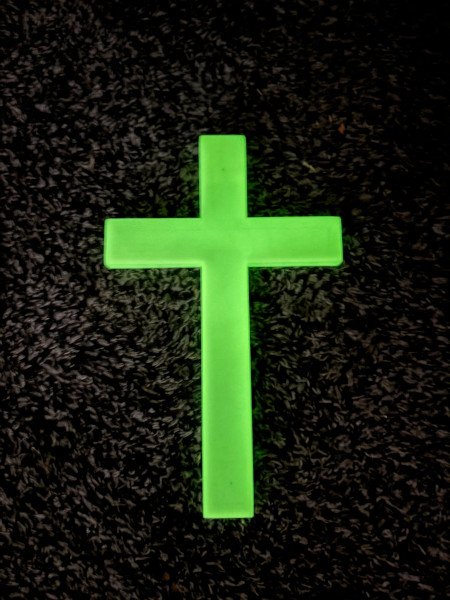
The LEGO cross glows in the dark
I remained discreet about its existence in the broader LEGO community after acquiring my first cross. It wasn’t until someone in LUGNET inquired about owning the weirdest LEGO item that I mentioned the LEGO crosses. Initially, everyone believed they were made by Lego Japan, a company known for producing cute ceramic figures, salt and pepper shakers, and similar items. Their skepticism faded once I started sharing photos of the crosses. This marked the first occasion when the broader LEGO community became aware of the LEGO crosses.
One reader, Martin Doncic, raised an interesting point about the crosses being well-known among collectors before my discovery. His statement is likely accurate. The existence of these crosses was known among the Danish community and especially among a specific age group. They were also probably popular among serious German LEGO collectors. However, I have not come across any books or online posts mentioning them prior to 2002.
These crosses, slightly off-white in color and made of plastic, are delicate enough to break if dropped from a few feet. Measuring approximately seven inches in height and four inches in width, they emit a light green glow in the dark. A notch on the back allows it to be elegantly hung on a wall.
Over the years, I have encountered four distinct varieties of the cross, three of which are now part of my collection. I learned from a German contact that Kirsten Stadelhofer at the LEGO Museum in Billund mentioned that the first cross was made as a Christmas gift for all LEGO workers in the mid-1940s. These crosses, bearing no inscriptions or boxes, had a LEGO marking on the back.
Ole Kirk, noticing the joy these crosses brought to their workers, decided to create another batch for sale in stores. This second variety produced two to three years after the first, either had no inscriptions or featured “Jesus” on the cross piece and was sold without boxes. Both the varieties had LEGO marking on the back.
The final variety of the cross was created to support the YMCA in their efforts to establish Denmark’s first sports youth school at Hellebjerg. This version featured an inscription on the crosspiece and was packaged in a box. They were sold from 1948 to the early 1950s.
The YMCA version of the cross came in two forms. One featured a white front inscription with the LEGO marking on the back, while the other had a golden inscription with the LEGO Billund marking on the back. The inscription on the cross in Danish reads, “Ved korset, lidelsens symbol, blev tændt et lys, en nådesol.” This roughly translates to “At the cross, the symbol of suffering, a candle was lit, a sun of grace.”
Det lysende kors er en god og smuk gave til alle fra den yngste til den ældste.
>> The luminous cross is a good and beautiful gift for everyone from the youngest to the oldest.
Køb et eller flere eksemplarer til senere brug - husk: sma opmærksomhed skaber altid glæde.
>> Buy one or more copies for later use - remember: small attention always creates joy.
Glæd Dem selv - glæd andre med et lysende kors, og samtidig hjælper De os endnu engang i arbejdet for rejsning af
>> Make yourself happy - make others happy with a shining cross, and at the same time you help us
>> once again in the work of raising
Danmarks Første idrætsungdomsskole på Hellebjerg
>> Denmark's First Sports Youth School at Hellebjerg
Writing on the pamphlet that came with the box (with English translation)
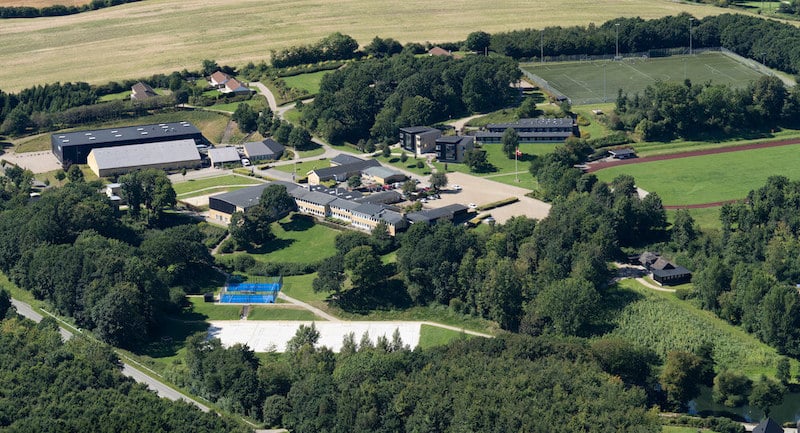
Hellebjerg Sports Secondary School
Years later, inspired by a new idea, OKC utilized some leftover glow plastic material from the cross production to craft a unique Christmas gift for his workers. He created a Christmas tree ornament in the shape of an angel and presented these to his employees in Billund just two days before Christmas in 1957. Measuring about two inches in diameter, these ornaments held a special significance. OKC, unfortunately, passed away the following year.
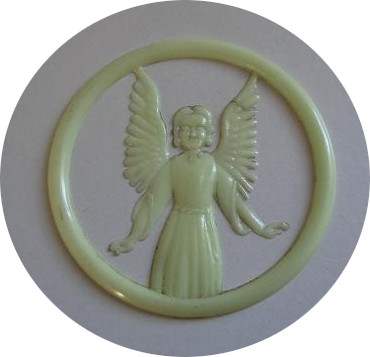
Christmas tree ornament in the shape of an angel, 1957
One of the readers of this article, Gabor Kocsis, reached out to inform me that he discovered a Hong Kong version of the LEGO cross at a Danish flea market. These crosses are smaller than the original, measuring 17.6 cm by 11.2 cm (6.93 inches by 4.1 inches), and they also glow in the dark. The year of manufacture remains unknown. Interestingly, while the Miniland site mentioned the reproduction of LEGO angels in Hong Kong, I was unaware of the crosses. Unlike the ornaments, the crosses were easy to identify as they say Hong Kong on the back.
It is likely that OKC’s inspiration led to the release of the only religious-themed LEGO set, Church set 309, in 1958. This set’s design was based on the old Lutheran churches in Denmark at the time.
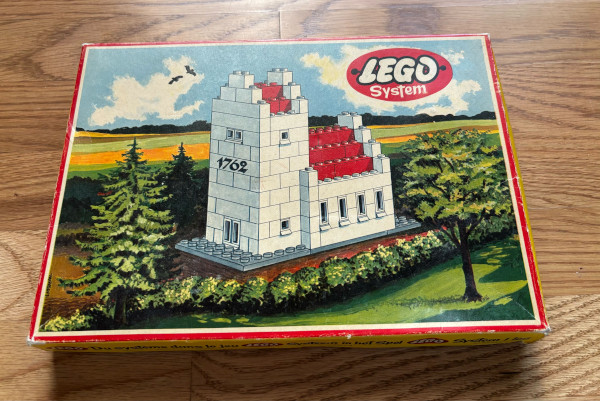
LEGO Church Set 309 released in 1958
A typical design of a Lutheran church features a long, rectangular nave, with a prominent tower at the front. These structures are often constructed from brick or stone, reflecting a timeless architectural style. An excellent example of the old Lutheran church style is the Bethania Lutheran Church located in Solvang, California. There are many churches throughout Denmark that share this architectural style.
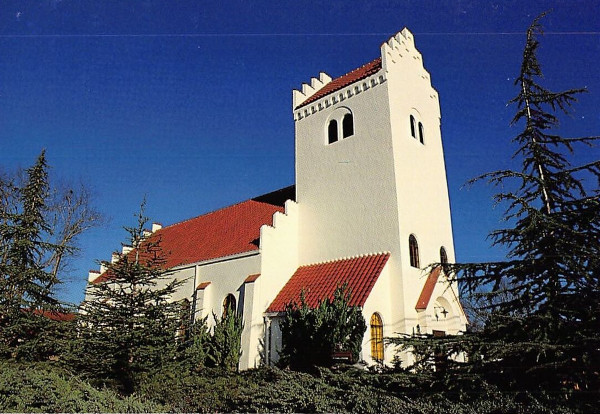
Bethania Lutheran Church located in Solvang, California
The LEGO crosses, tree ornament, and the church are anomalies within their collection. LEGO often avoids direct religious themes, they do include them in Advent calendars and architecture sets like Notre Dame and St. Mark’s Basilica. Even the small church in the 2001 Advent Calendar set hints at this legacy.
